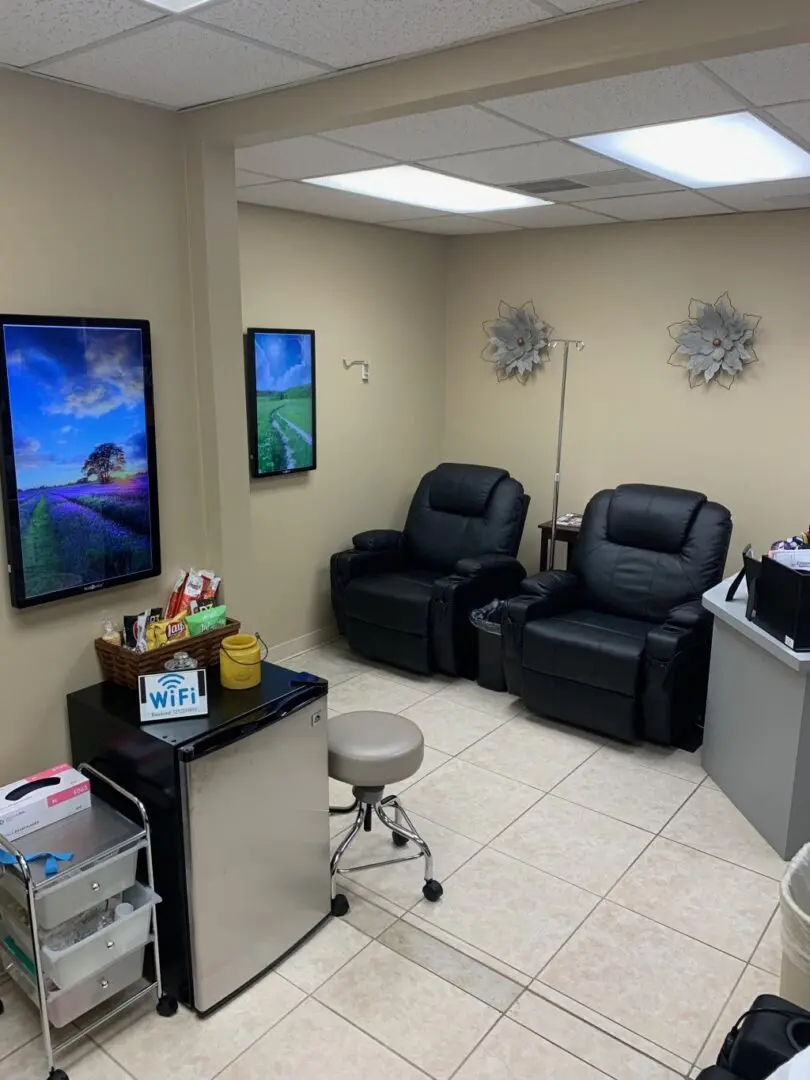
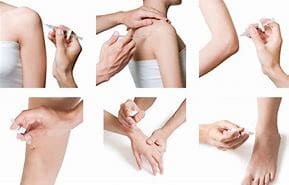
Joint Injection Therapy
Joints are the regions between your bones. Their purpose is to provide support and assist with the function of movement. There are many joints throughout your body that can become damaged or inflamed due to a disease or condition. No matter what the cause may be, the joint can become painful and bothersome, which can affect movement and your quality of life. The pain typically will present in the immediate region but it can radiate to another body location as well.
Joint injections or aspirations (taking fluid out of a joint) can be helpful both diagnostically as well as therapeutically. They are performed in the office with a cold spray or other local anesthesia and may take approximately 10-15 minutes. After the skin surface is thoroughly cleaned, the joint can be entered with a needle attached to a syringe. Joint injections are performed by the physician. The goal of an injection is to reduce or eliminate the painful discomfort as well as to preserve the integrity of the joint.
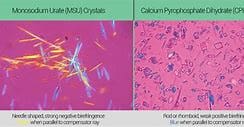
Diagnostics
Taking fluid out of the joint can be done and sent for laboratory analysis or examination by a physician. Lab tests include cell counts (to determine numbers of white cells or red blood cells), crystal analysis (to look for gout or pseudogout crystals under a microscope), and/or culture (to determine if there is an infection). This information can provide the physician with clues as to what could be causing pain and/or swelling, which may facilitate the determination of a diagnosis.
Nicole is an active member of the Rheumatology Nurses Society, American Nurses Association, Florida Nurses Association, and the Tampa Bay Advanced Practice Nurse Council.
Nicole is excited to be apart of our team at Suncoast Rheumatology and she can’t wait to get to know you!

Viscosupplementation
Physicians may also use viscous lubricating substances for the treatment of Osteoarthritis of the knee. These substances may relieve pain for 6 months or longer. Viscosupplements are gel-like substances, hyaluronates, that mimic the properties of naturally occurring joint fluid. These hyaluronates are injected into the joint. The number of injection brands are available and vary in injections required from one to five. While these medications are only FDA-approved to use in the knee, they can be used “off-label” to treat arthritis in the shoulder, ankle, hip and the thumb joints (the “CMC joints”).
Common Joints
Most commonly injected joints include the knees, shoulders, elbows, ankles, wrists, and hands. Areas of bursitis, tendonitis and tendon sheaths can be injected as well, like trochanteric bursitis, elbow epicondylitis, carpal tunnel syndrome, trigger finger, and plantar fasciitis.
As with any procedure, there is a small amount of risk. Occasional allergic reactions can occur, to the cleaning substance or tape. Infections are rare complications, about 1 in 15,000 patients (source ACR). Post-injection flares can rarely happen, where there is joint pain and swelling several hours after the injection. Other infrequent complications include whitening or thinning of the skin injection site, or tendon injury. Repeated or numerous injections to the same area is discouraged. Please discuss any concerns you have with us.

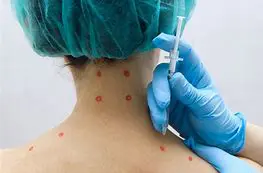
Trigger Point Injections
Trigger point injections are a different type of injection, which can also provide pain relief. Trigger points are focal, hyperirritable spots located on a band of skeletal muscle that is associated with pain. They can involve a knot or a tight band of muscle that fails to relax, which produces pain locally and can then radiate to other areas of the body.
Trigger points are often associated with chronic musculoskeletal disorders. Trigger point injections often involve more than one trigger point injected at a time at the discretion of the physician. These injections often include a combination of lidocaine and a steroid derivative, and can be effective in relieving pain in the tender area.

Advantages of Diagnostic and Musculoskeletal Ultrasound Guided Joint Injections
Joint injections can also be ultrasound guided to provide an additional level of confidence and assurance of ideal medication placement. Ultrasound also has many advantages over x-rays, MRI and CT scans in the clinical setting. These include:
- better resolution of soft tissue than MRI
- convenient in-office service; no need to go to another facility no exposure to ionizing radiation
- no claustrophobia
- the ability to perform a dynamic or "live" study; we can see the injured area move and look for evidence of injury
- more cost-effective
- ability to see inflammation
- ability to guide injections
For example, ultrasound has been shown to be equal to or even better than MRI for looking at the rotor cuff. Also, musculoskeletal ultrasound allows the physician to look for signs of joint instability, unlike x-rays or MRI.
While Musculoskeletal Ultrasound has many advantages, there are some restrictions.
- Ultrasound cannot penetrate bone to "see" inside joints, so some cartilage and joint surfaces are not visualized as well.
- Musculoskeletal ultrasound is generally not as good as x-rays at looking at the overall structure of bones.
- Performing and interpreting musculoskeletal ultrasound takes months of training and practice.
One of the greatest advantages of musculoskeletal ultrasound is its ability to help the physician guide the needle when performing injections. Whether for a joint aspiration or a joint injection, using ultrasound guidance can decrease the incidence of procedural complications and improve the success rate, according to the medical literature. Needle guidance can facilitate visualization of needle passage in ultrasound-guided joint, tendon and carpal tunnel injections.
This is in contrast to the “blind” technique, which uses surface anatomy to determine where to accurately place the needle. This also might be the ideal option for number of scenerios. Ultrasound is an excellent tool however that we at Sucoast Rheuamtology use to evaluate: effusions/synovial proliferation, joint surface irregularities/erosions, tenosynovitis, bursitis, enthesitis, tears of tendons, ligaments and muscles, peripheral nerve disorders, calcifications and osteophytes and loose joint bodies. For more information on this techniqu, please visit www.mskus.com.
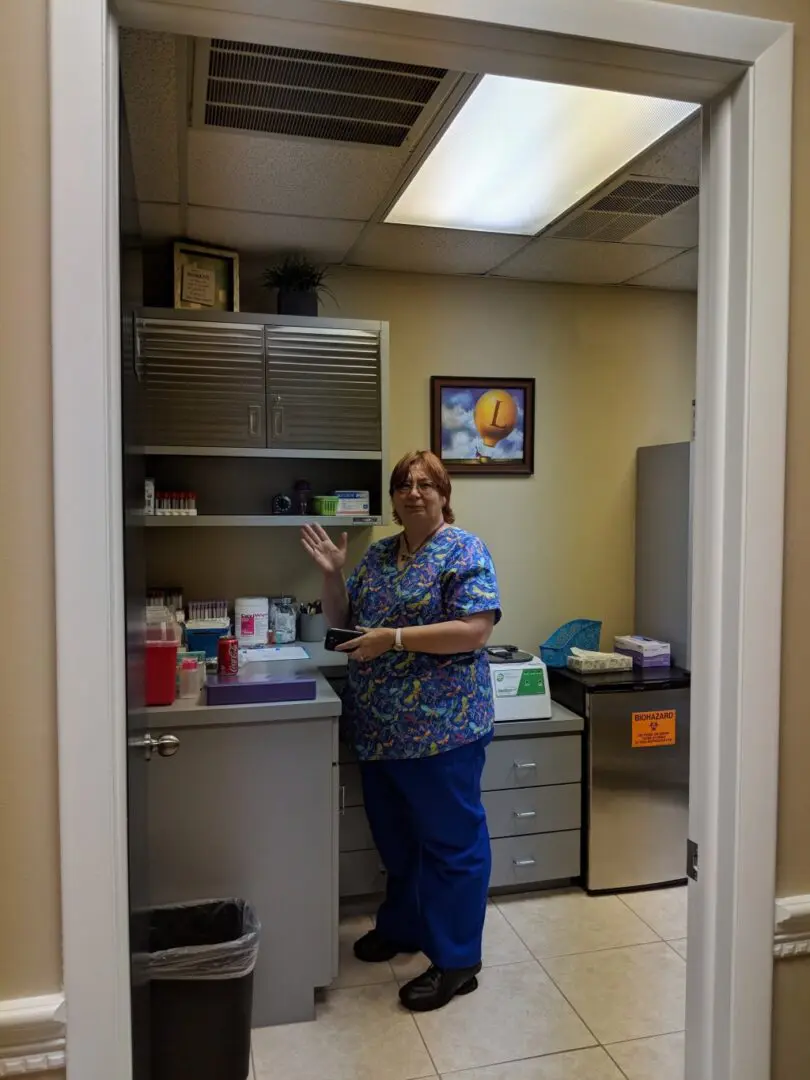
Laboratory Services
Our laboratory does both general and specialized testing designed for the diagnosis and treatment of several rheumatic conditions. We are also able to draw and send to Quest, LabCorp and Baycare to maximize patient conveinence.
Infusion Therapy Services
Cutting edge biologic therapies infused by expertly trained professional staff nurses in the comfort of our infusion suite are also an integral part of rheumatology care. We feature heated massage lift chairs with free high speed Wi-fi and individual tablets for viewing TV, movies, games, shopping, etc. Pillows, blankets, snacks and complimentary drinks help to add ease to your infusion experience as well. Please see our infusion section for further information.

